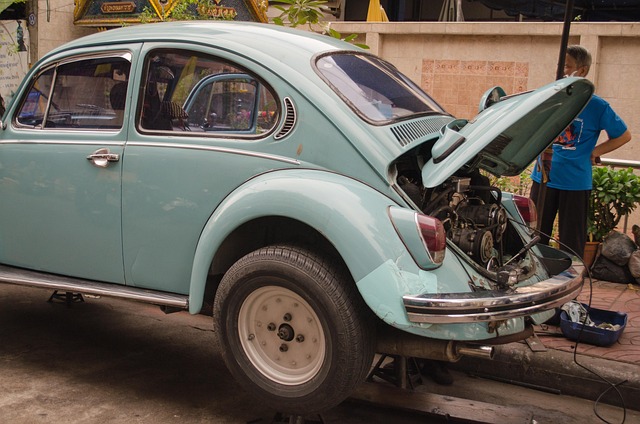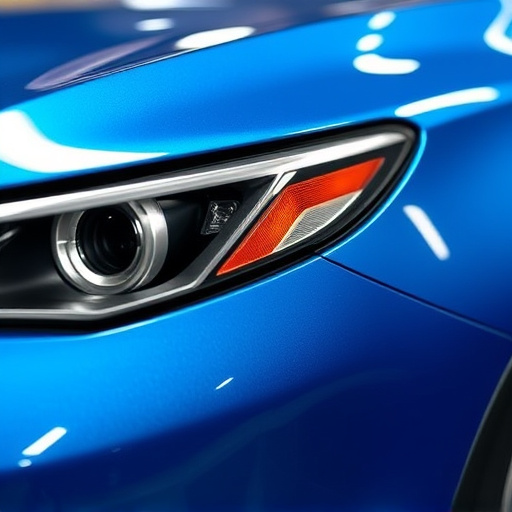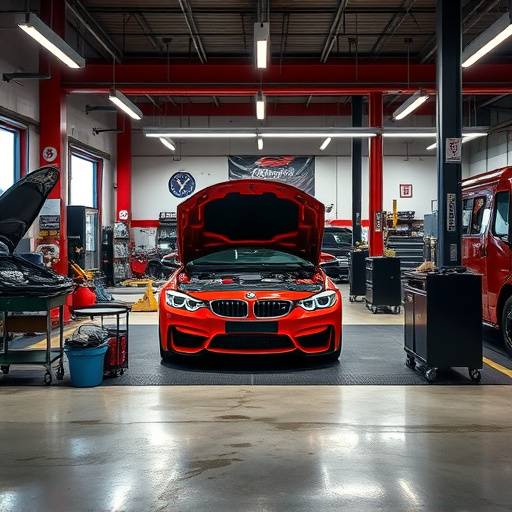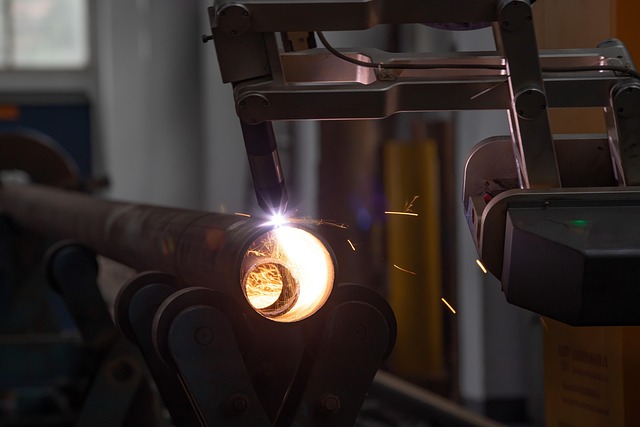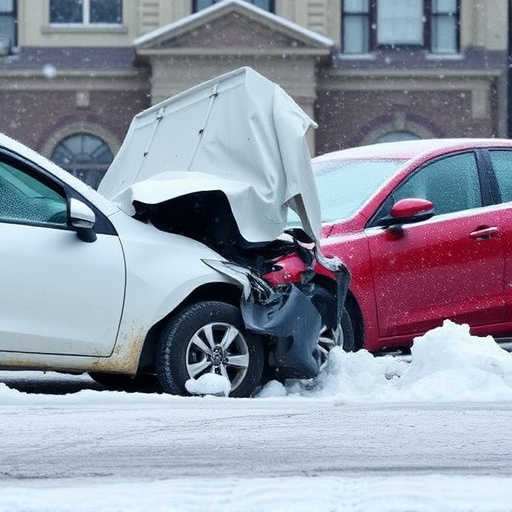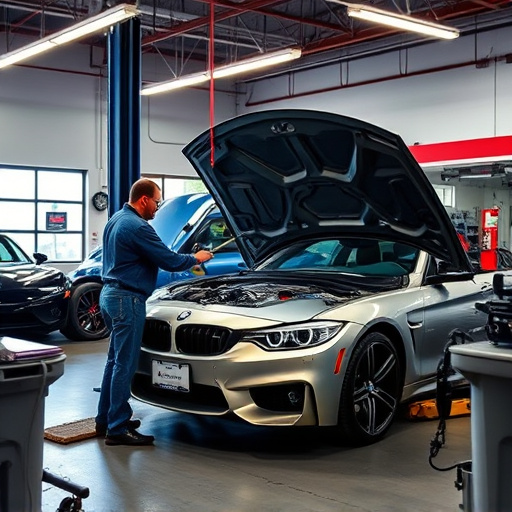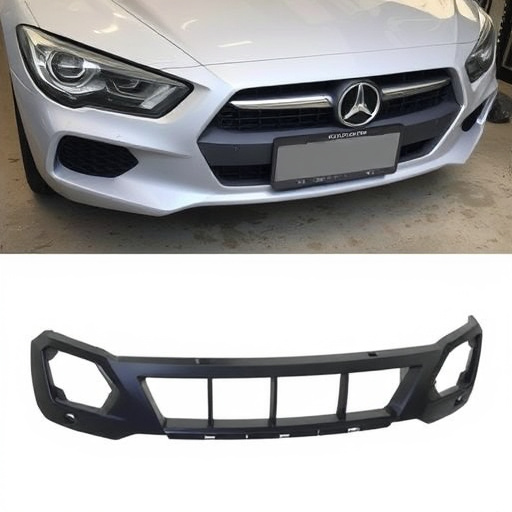Heat damage auto body repair specializes in restoring vehicles affected by thermal challenges, such as fires, overheated components, or accidents. It involves assessing warped panels, blistered paint, and charred surfaces, using advanced techniques and car paint products to revive the vehicle's appearance and structural integrity. Safety measures, including cleaning, protective gear, ventilation, and air circulation, are crucial before beginning repair to ensure a clean workspace and protect individuals. Restoration requires careful examination of damaged areas, debris clearance, and specific techniques for targeted repair.
In the realm of automotive restoration, heat damage auto body repair stands out as a specialized challenge. This comprehensive guide delves into best practices for tackling such complex issues, offering a step-by-step approach to ensure meticulous results. From understanding the nuances of heat damage to implementing safety measures and employing effective restoration techniques, this article equips professionals with essential knowledge for successful repairs. Master these practices, and you’ll restore damaged vehicles to their pre-incident splendor, showcasing superior craftsmanship in heat damage auto body repair.
- Understanding Heat Damage Auto Body Repair
- Preparation and Safety Measures Before Restoring
- Step-by-Step Guide to Effective Restoration Techniques
Understanding Heat Damage Auto Body Repair
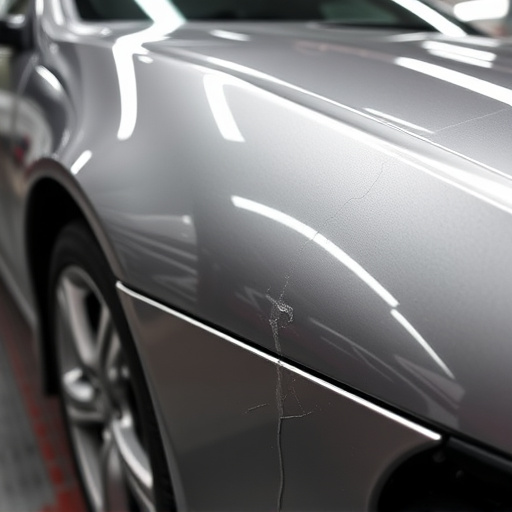
Heat damage auto body repair is a specialized process that deals with the intricate challenges posed by thermal exposure on vehicles. This type of automotive body work requires a deep understanding of how heat affects different materials, such as metal and paint, to ensure optimal restoration. In a collision repair shop, heat damage can occur due to various reasons, including fires, overheated engine components, or direct contact with hot surfaces during an accident.
The primary goal is to meticulously assess the extent of the heat impact on the car’s exterior, which may include warped panels, blistered paint, or even charred surfaces. Skilled technicians employ advanced techniques and products tailored for car paint repair to revive the vehicle’s appearance. By carefully restoring the finish, they not only enhance the cosmetic appeal but also ensure structural integrity, preventing further damage and ensuring safe operation of the vehicle.
Preparation and Safety Measures Before Restoring
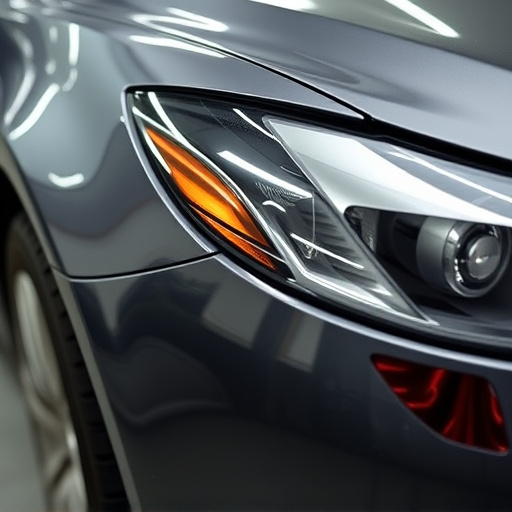
Before diving into the restoration process, ensuring a safe and controlled environment is paramount for any heat damage auto body repair. The first step in this journey is to thoroughly clean the affected area, removing any charred debris or residue. This meticulous preparation not only facilitates better visibility but also prevents potential contamination that could hinder the quality of the upcoming finish.
Safety should be at the forefront of your mind throughout this process. Protective gear, including gloves, goggles, and a respirator, is essential to shield against harmful fumes and particles. Ventilation is crucial; open windows or use an exhaust fan to ensure adequate air circulation, reducing the risk of inhaling toxic gases. By implementing these precautions, you’re not just readying the car for restoration but also safeguarding yourself and your workspace.
Step-by-Step Guide to Effective Restoration Techniques
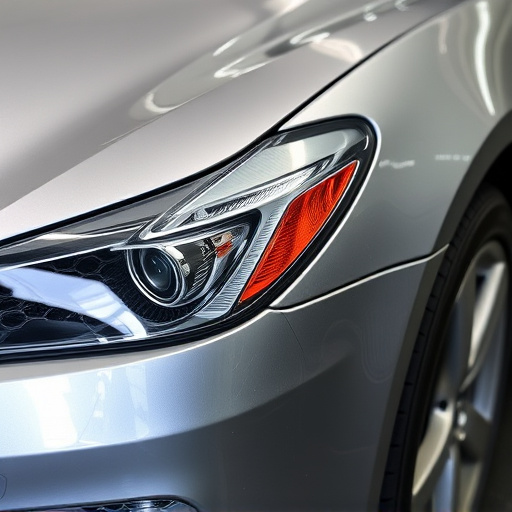
Restoring a vehicle’s finish after heat damage requires careful attention and specific techniques. Here’s a step-by-step guide to help you achieve effective restoration:
1. Assess the Damage: Begin by examining the extent of the heat damage, which might include scorched paint, blistered surfaces, or warped panels. Identify affected areas, as this will dictate your repair approach. For instance, in case of a fender bender or collision damage repair, assess the impact on the exterior finish and make a detailed plan.
2. Preparation: Before starting any restoration work, ensure proper ventilation in the repair area to prevent the build-up of harmful fumes. Put on protective gear, including gloves, safety glasses, and a respirator mask, as some restoration techniques may involve hazardous materials. Remove all debris and loose particles from the damaged surface using compressed air or a soft brush. This crucial step ensures a clean canvas for your restoration work, be it hail damage repair or more severe heat damage auto body repair.
Restoring finish in heat damage auto body repair requires a meticulous approach, combining technical expertise with safety consciousness. By understanding the unique challenges of heat damage and adhering to best practices outlined in this guide, professionals can deliver superior results while ensuring a safe working environment. Incorporating thorough preparation, effective restoration techniques, and continuous learning will keep your business at the forefront of heat damage auto body repair, providing customers with top-notch service and high-quality finishes.
